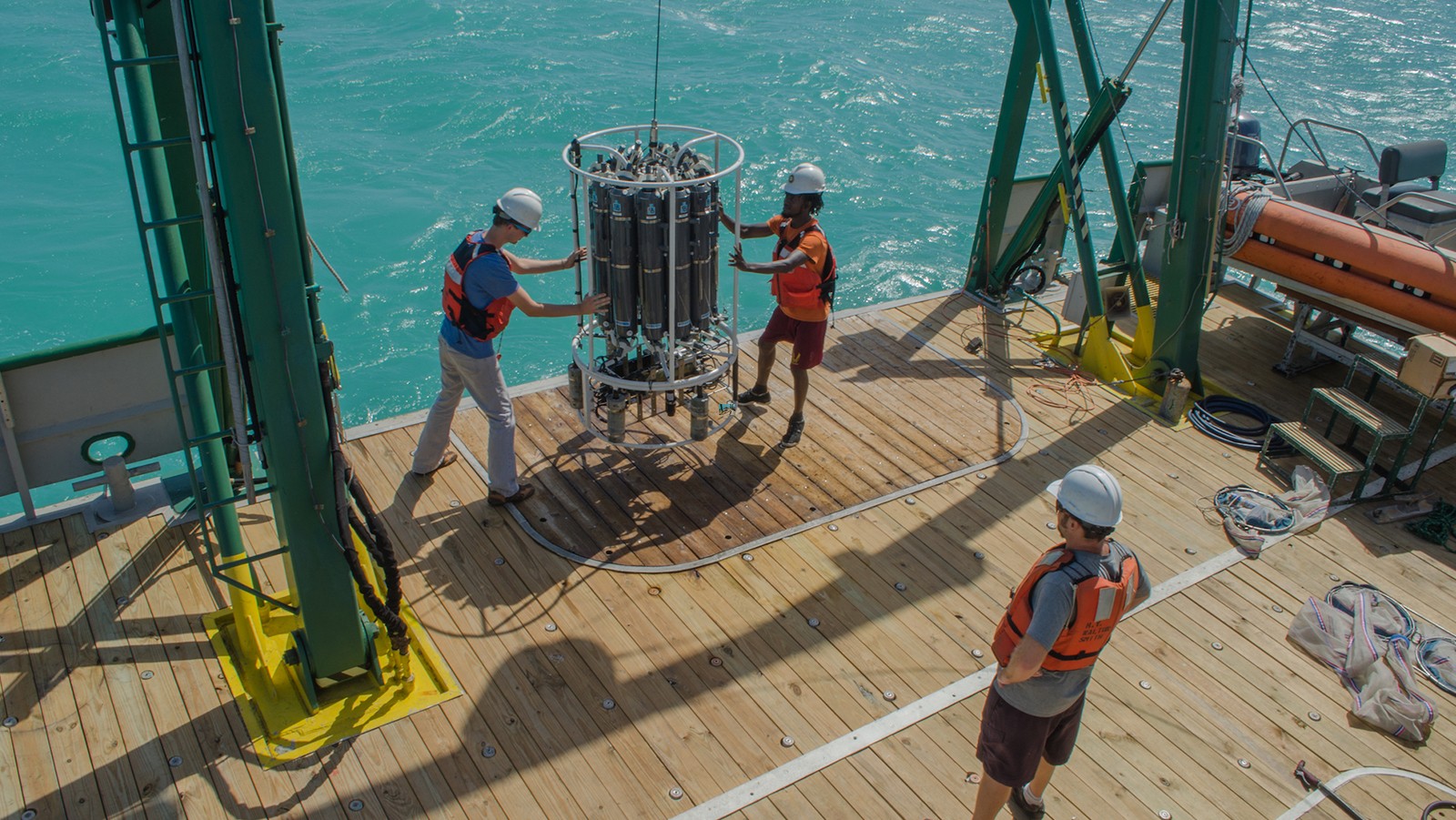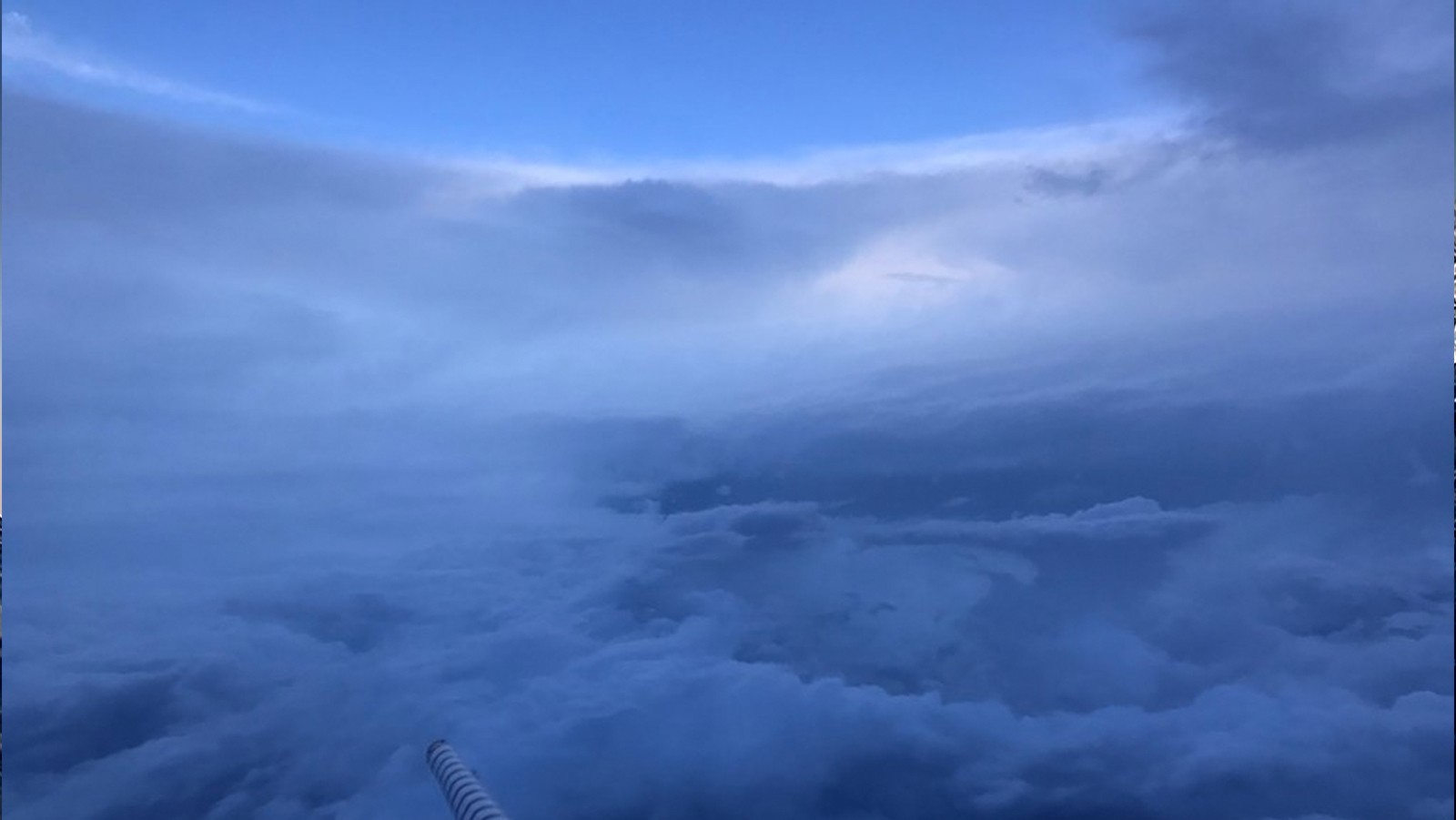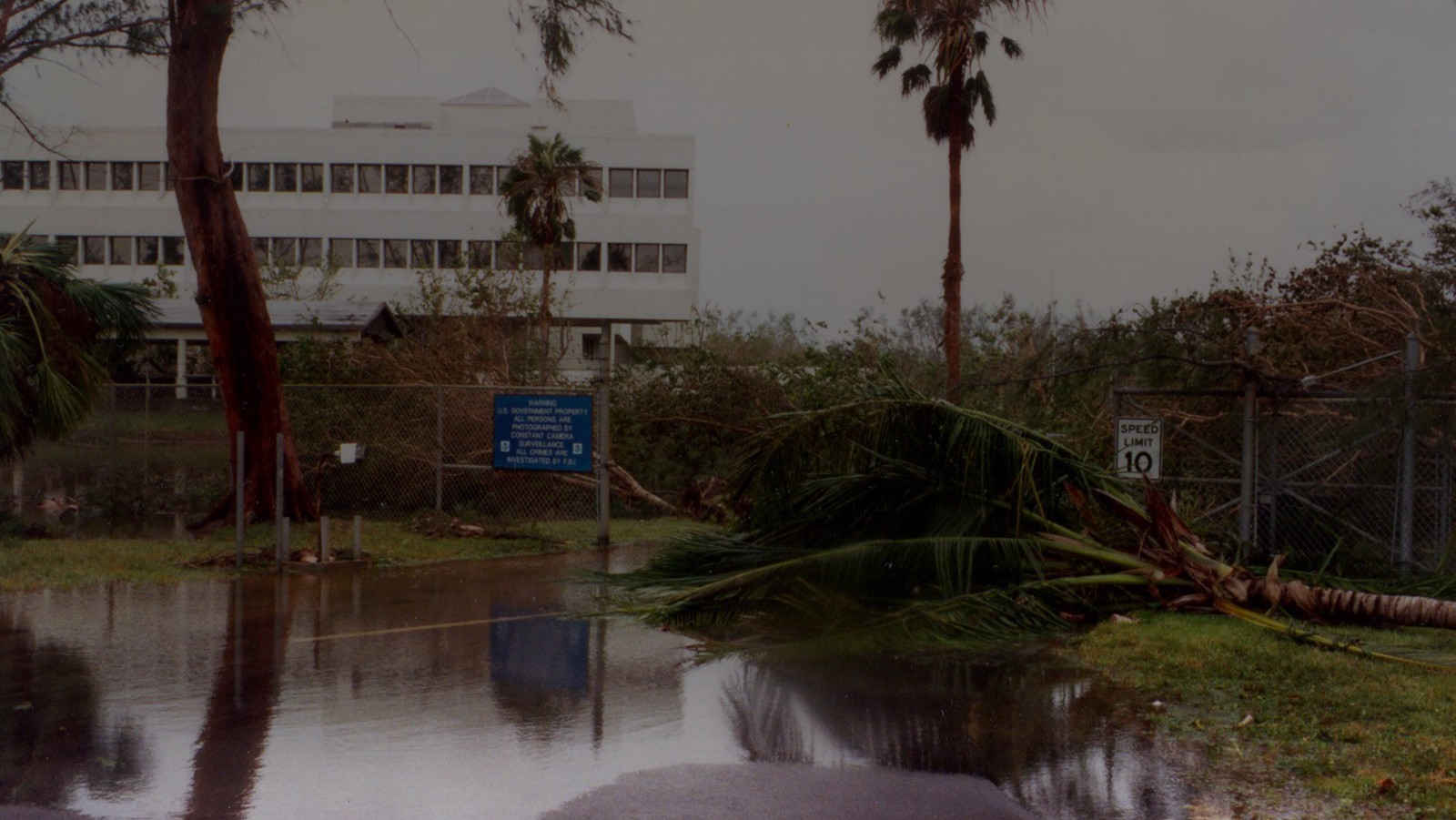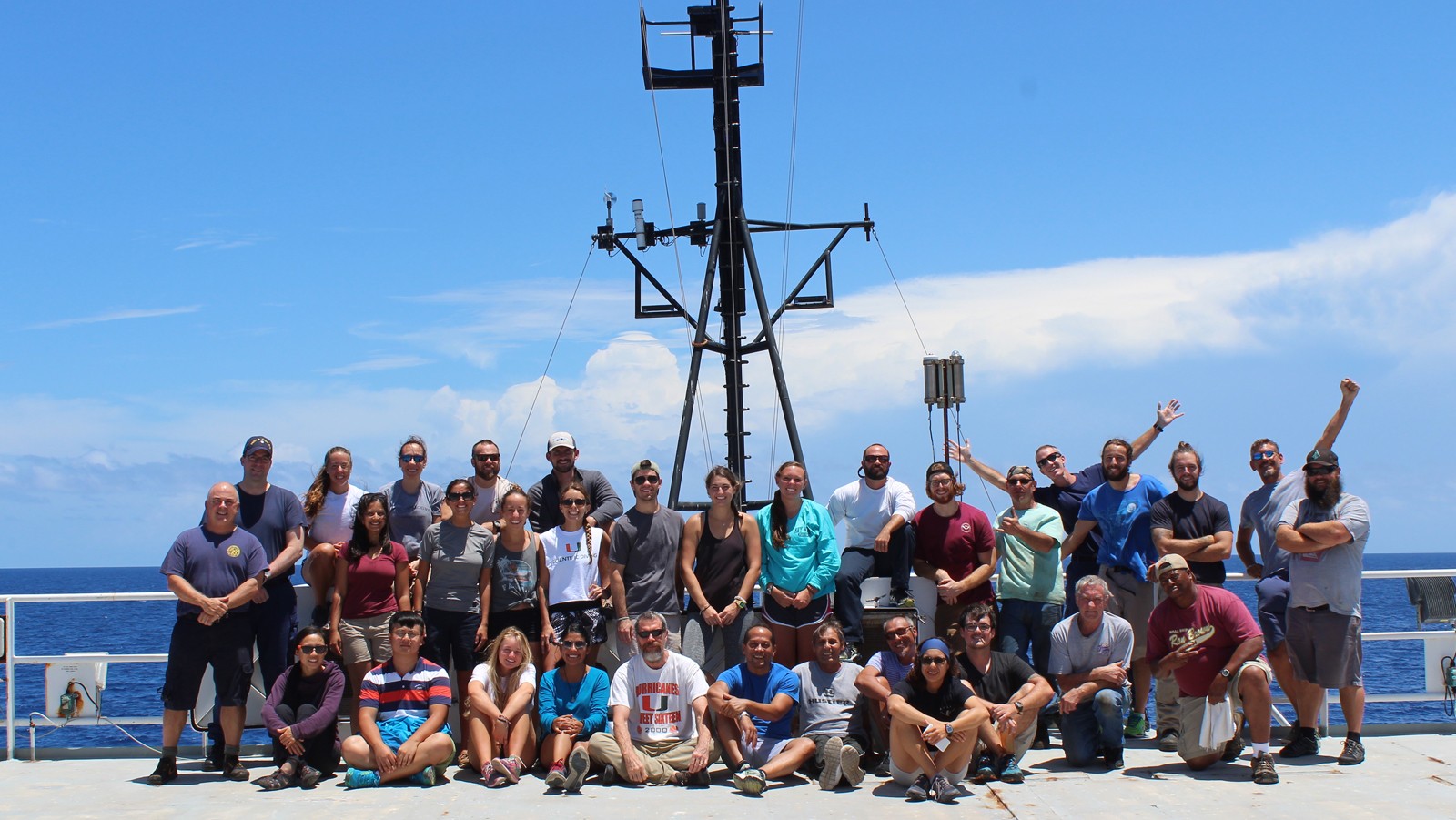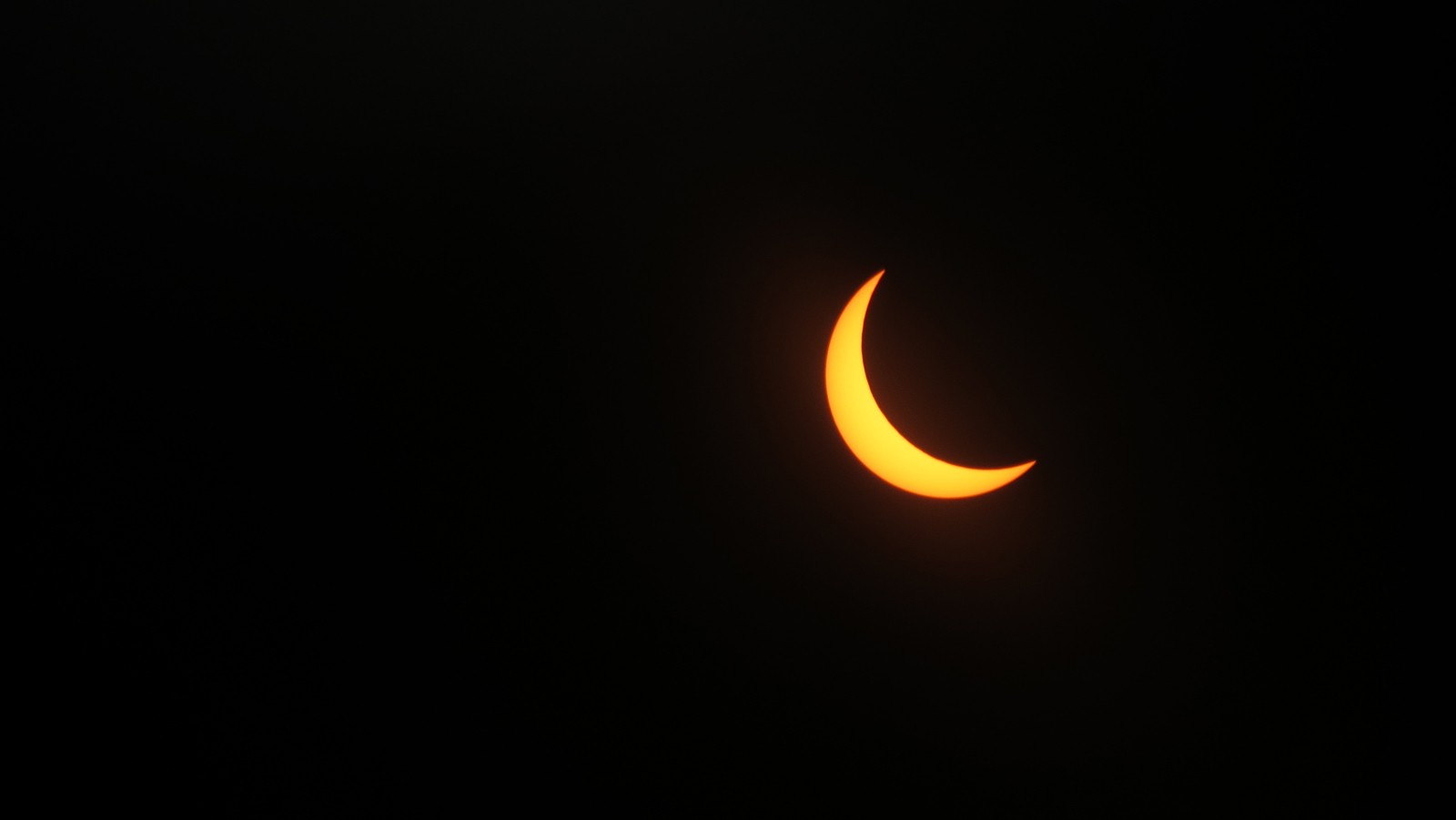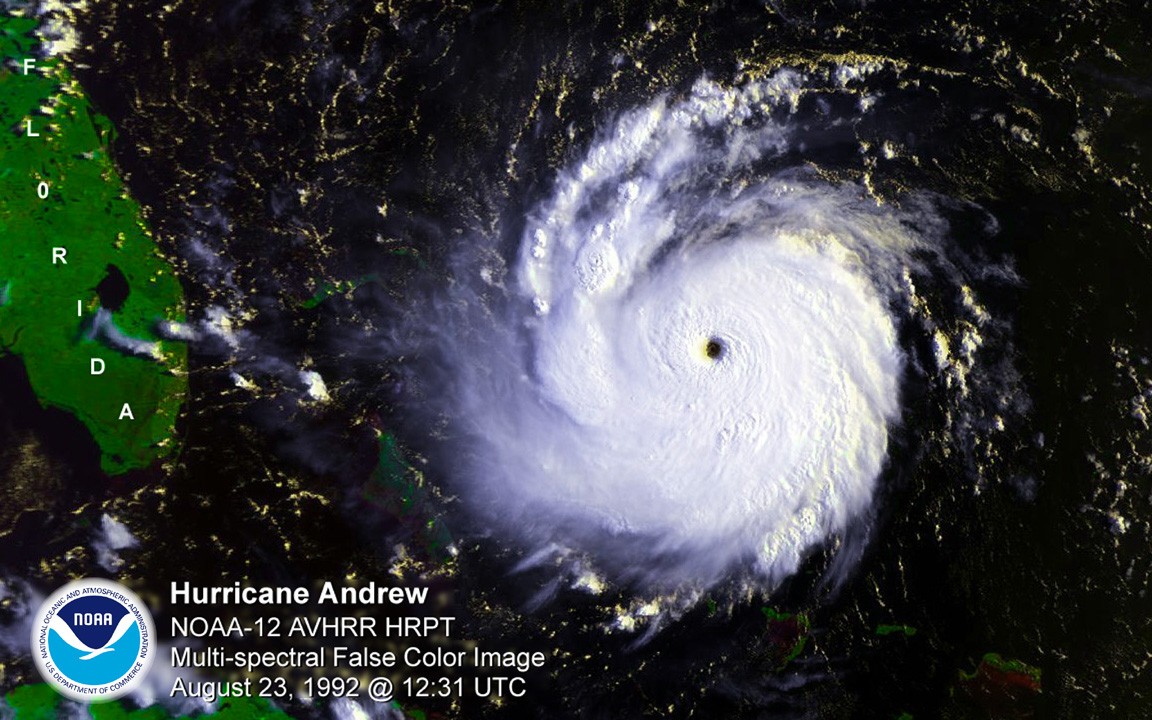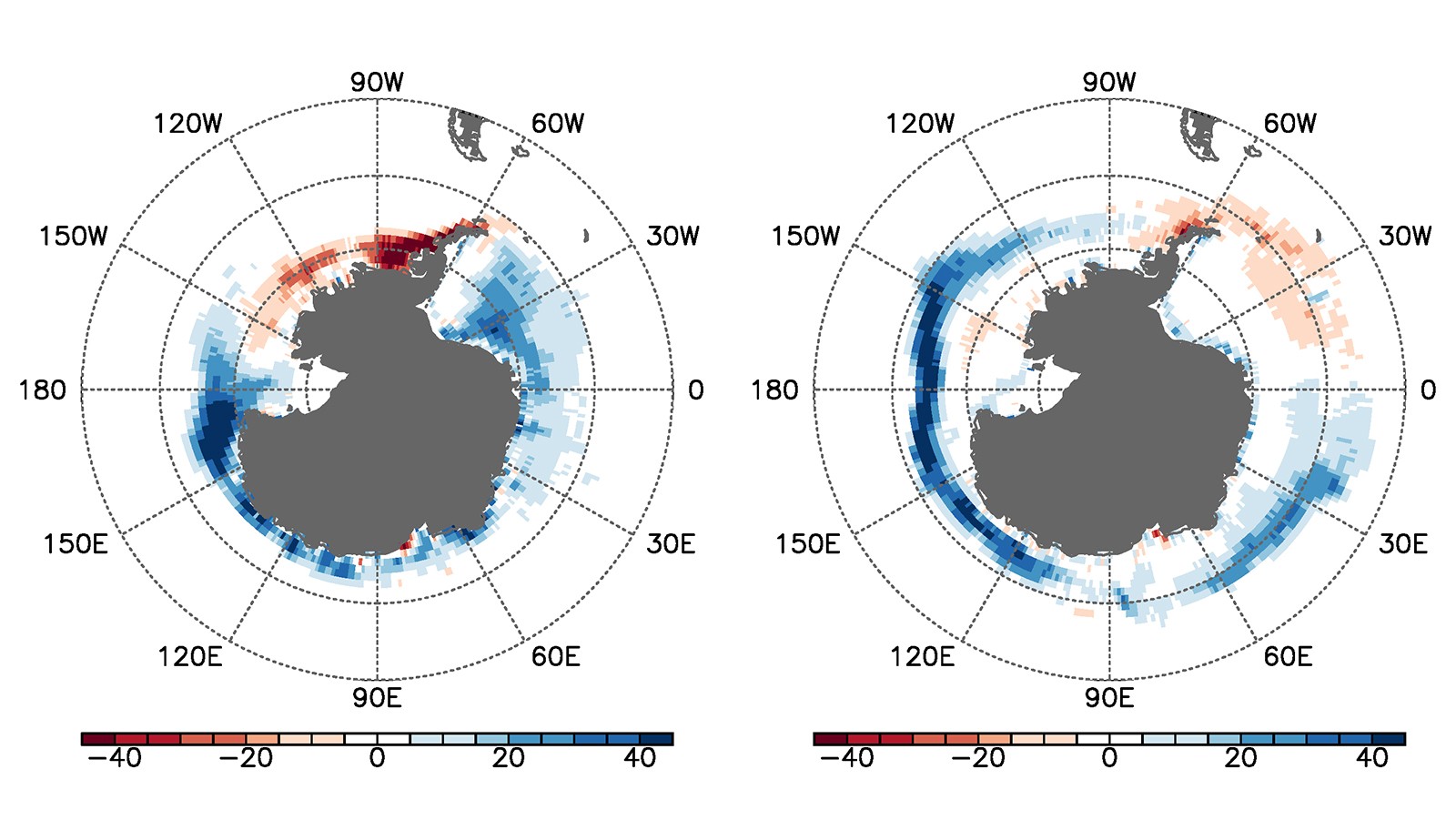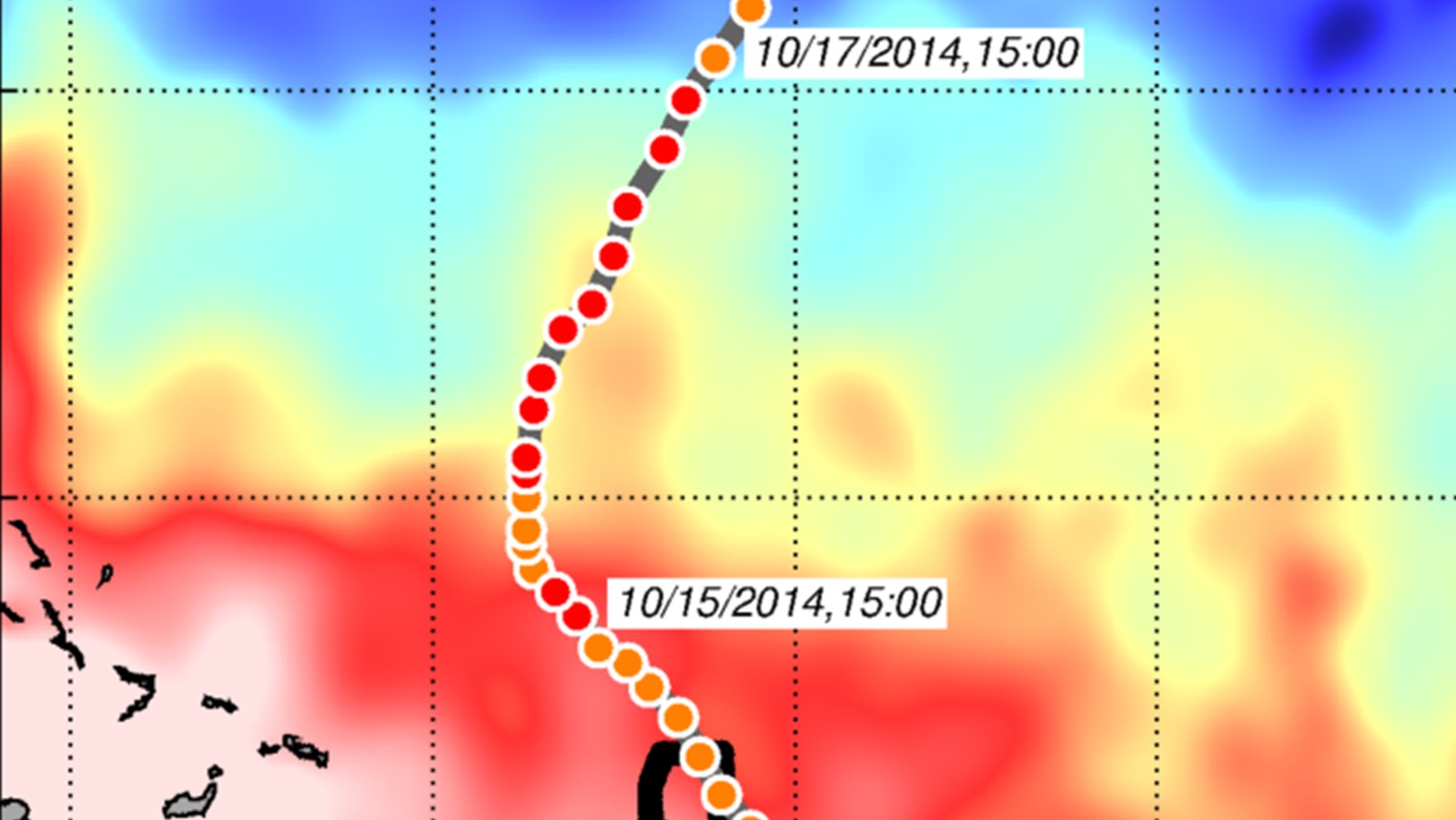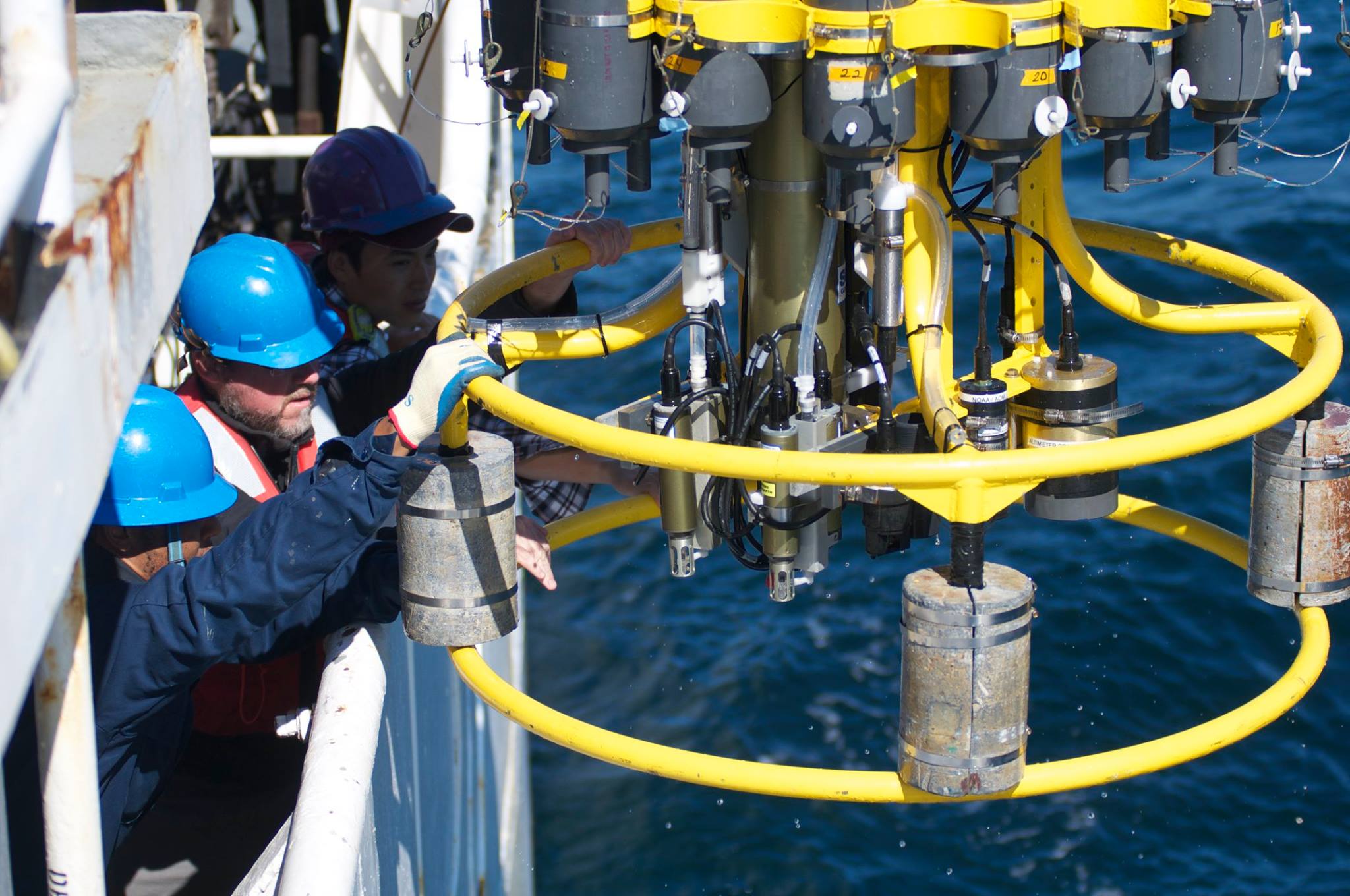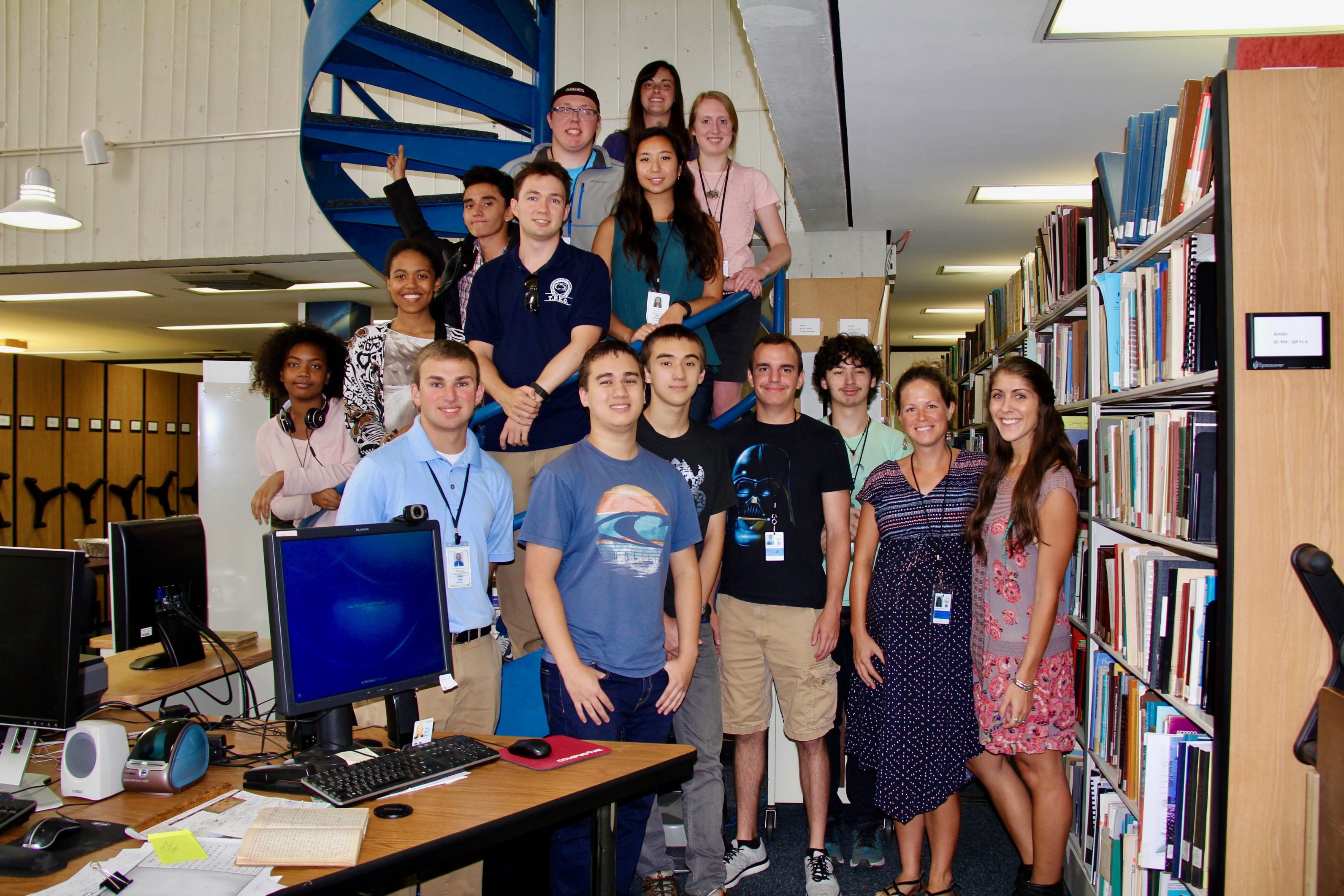South Florida Coastal Ecosystem Surveys Post Hurricane Irma
Throughout the month of October, AOML scientists were hard at work surveying south Florida’s coastal waters. The research team focused on monitoring water quality, seagrass beds, and juvenile sport fish populations throughout Florida Bay, Biscayne Bay, Florida Keys and the southwest Florida shelf. These surveys assessed ocean temperatures, salinity, nutrients, environmental DNA and primary productivity to better understand how south Florida’s coastal ecosystems were impacted by the passage of Hurricane Irma.
